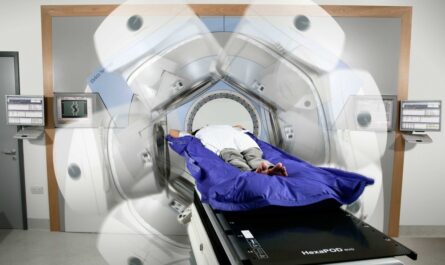Rhinoplasty, commonly known as a nose job, is a cosmetic surgery procedure aimed at improving the appearance of the nose. Whether it’s to alter the shape, size or proportions of the nose, or to fix functional issues like difficulty breathing, a rhinoplasty can be performed to suit individual goals and needs. In this article, we delve deeper into what rhinoplasty entails.
What is rhinoplasty?
Rhinoplasty, sometimes also called a nose reshaping procedure, involves surgically modifying the bone and cartilage structure of the nose to achieve the desired nasal appearance and function. It can be performed to refine nasal contours, change the angle between the nose and the upper lip, reduce or increase nasal size, narrow the width of the nostrils, or correct a deviated septum or other structural abnormalities.
The goal of rhinoplasty is often aesthetic but functional correction is also possible through this surgery. For example, reshaping the airways inside the nose can correct breathing difficulties. Addressing deformities from injuries or other medical conditions is another application of rhinoplasty. Both closed and open rhinoplasty techniques exist depending on the extent of correction needed.
Pre-surgery consultations and expectations
Any potential candidate for rhinoplasty must first consult a board-certified facial plastic surgeon to discuss expectations, risks, and suitability. Clear communication of goals and realistic outcomes is important. The surgeon will examine the nose, analyze photos, get a medical history, and discuss surgical techniques. Temporary issues like swelling and bruising post-op should also be discussed.
Patients need to be emotionally prepared for the healing process as it may take months to see final results. Managing post-op pain with prescribed medications is essential for comfort. Getting a customized treatment plan tailored to individual anatomy and needs helps set proper expectations. Following the surgeon’s pre and post-op care instructions closely aids recovery.
Surgical techniques for rhinoplasty
Depending on the intricacy of corrections required, surgeons may perform either an open or closed rhinoplasty approach. Closed rhinoplasty makes minor tweaks through small incisions inside the nostrils, minimizing scarring. Open rhinoplasty involves additional incisions on the columella (flesh between nostrils) for more extensive manipulation of bone and cartilage.
During surgery, the surgeon will re-sculpt and contour the nasal bones and cartilage using specialized tools. Grafts like cartilage or implant materials may be used to augment areas requiring building up. Sometimes incisions are made on the back of the nose and inside to help change angles and shapes. Nasal packs, splints or casts are usually applied post-op to support healing.
Risks and complications of rhinoplasty
As with any surgery, risks and complications are possible with rhinoplasty though advancements have lowered these. Risks include bruising, swelling, bleeding, infection, asymmetry, breathing issues and dissatisfaction with results. Revisions may be needed where significant refinements are still desired. Some surgeons offer scar revision and other enhancements.
While most recoveries go smoothly, it’s important to be aware that unexpected issues like poor healing, graft rejection or nostril collapse can happen in a small percentage of cases. Choosing an experienced board-certified facial plastic surgeon minimizes risks. Following post-op care guidelines strictly also aids recovery and result retention. Temporary issues usually resolve on their own over several months.
Rhinoplasty recovery and follow-ups
Healing from Rhinoplasty takes 6-8 weeks on average though 1 year may be needed to see final results. Severe swelling and bruising subside within 2 weeks while minor swelling lasts 6-12 weeks. Nasal packs are removed in 3-5 days and external splints/casts in 1-2 weeks. Patients cannot blow their nose strongly for 6+ weeks to avoid disrupting healing.
Post-op visits are important to check on progress. Sutures or clips dissolve on their own within 7-10 days. Nasal exercises may be recommended to guide cartilage into new shapes as swelling resolves. Touch-up procedures or revisions are sometimes needed but most surgeons guarantee client satisfaction. Following all instructions ensures optimal healing and permanent rhinoplasty results.
*Note:
1. Source: Coherent Market Insights, Public sources, Desk research
2. We have leveraged AI tools to mine information and compile it




